
OR
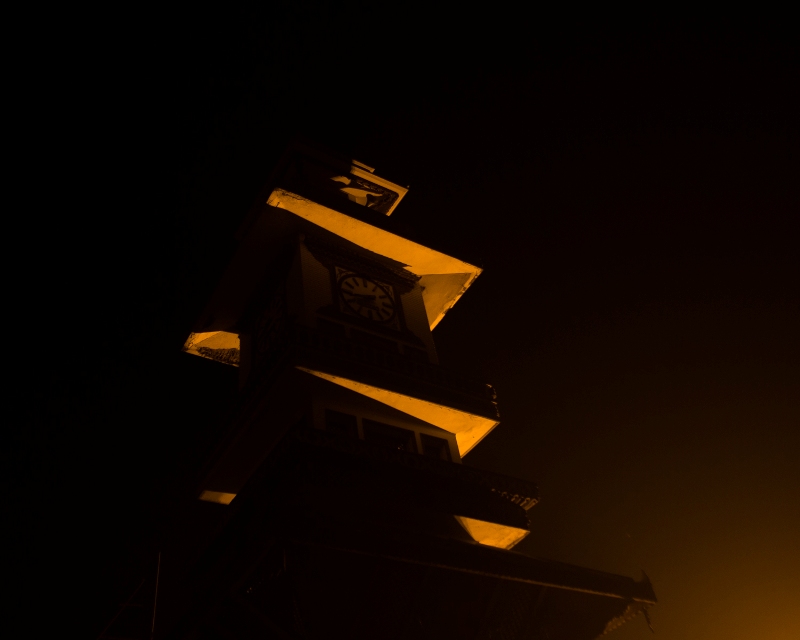
I grew up hearing many people say Nepal is a yam trapped between two boulders. I never quite understood the significance of living in a landlocked country with two economic powerhouses of the world at its borders.Being born and raised in a small village, Jhapa Bazaar, bordering India, I have beautiful memories of going across the border countless times to attend fairs or simply to shop for objects that were otherwise hard to come by.
However, my first time in Birjung was on a cold December morning. Shivering I got on a not-so-comfortable cartbut yet there was something very compelling about the rhythm of the ride. I had only decided to capture this first impression of Birgunj when a group of Madheshi protesters blocked our way and tried to vandalize the cart. We were then warned to go back to ‘where we came from’. A fellow passenger said, “Welcome to Birgunj.”
Birgunj is one of the major cities in Nepal. It is also the biggest trading gateway between Nepal and India. It’s the custom point through which our country brings in its important and most basic imports. What I witnessed was a unique situation. Some from the marginalized Madheshi community were staging a strong protest in the streets against the government demanding a fair treatment by the state to safeguard their constitutional rights. There was also the issue of their ancestral land that had been claimed by the current Federal state. Their agitation led to a confrontation with the police force and eventually forced them to stage their protest in the no man’s land, disrupting the customs gateway between both countries.
The blockade continued for more than four months leaving the entire nation in a state of crisis. This photo story is my visual documentation and expression of Birgunj as it stood in the center of the whole movement. The Madheshi people still find themselves in a state of limbo. They believe that the new constitution is against Madheshi sentiments and does not provide enough provisions for their marginalized community. Hence, they want the ruling leadership to take a stand for the disenfranchised. Somewhere between the state and the law, a community lives in hope of an egalitarian future.
(This photo story won the second prize in the Nepal Photo Competition 2073.)
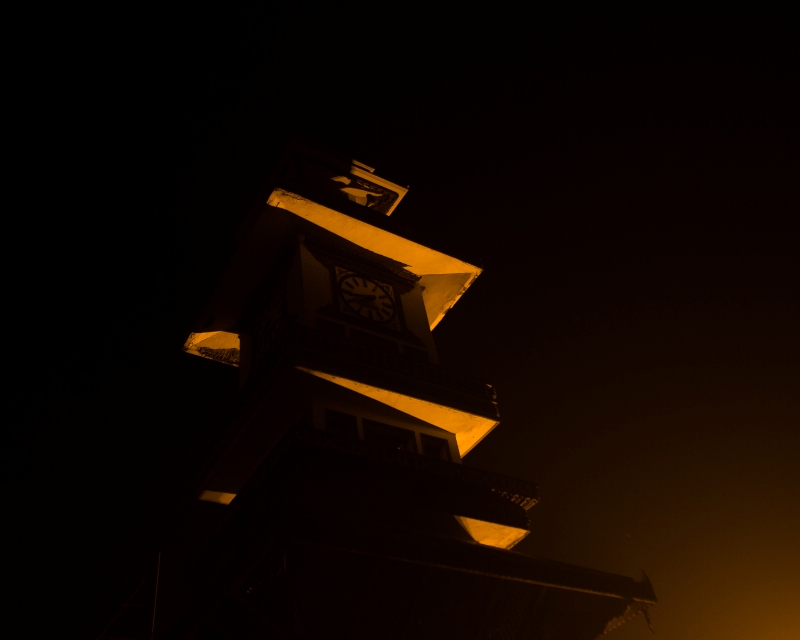
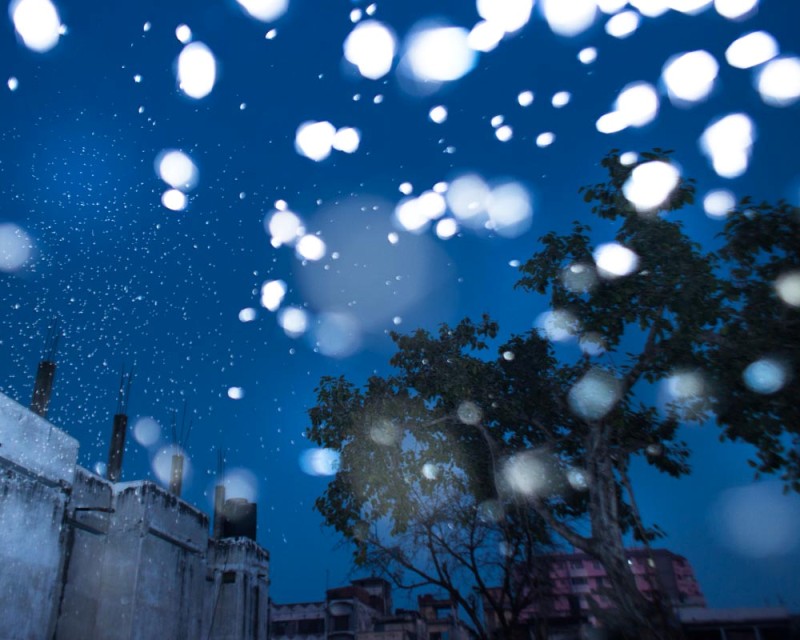
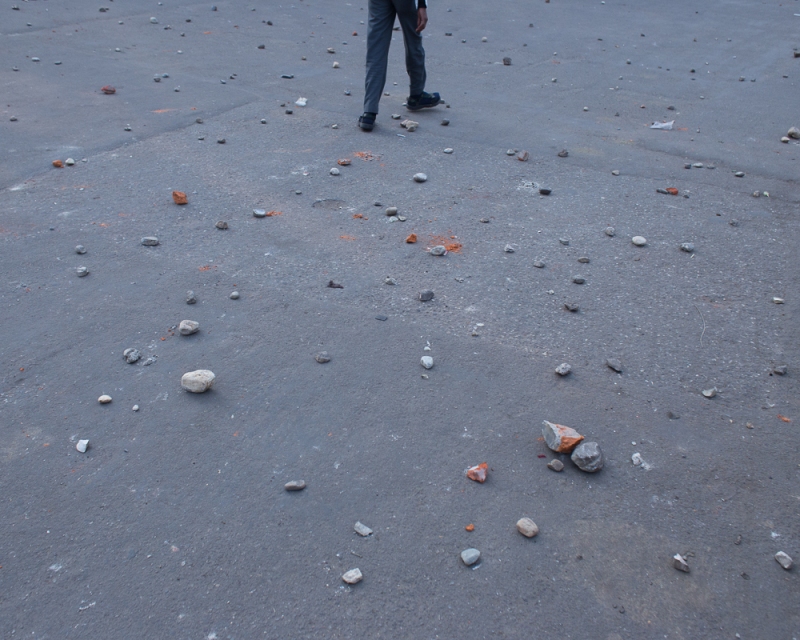
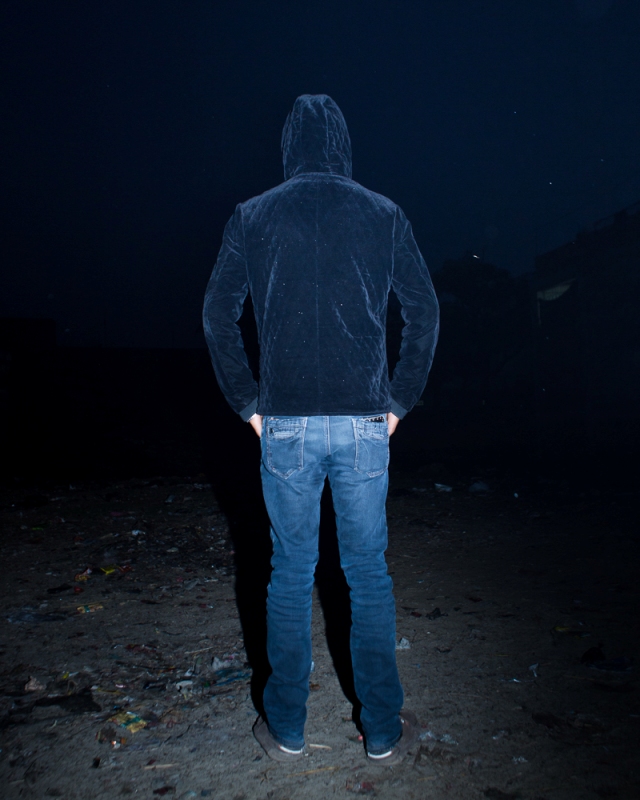
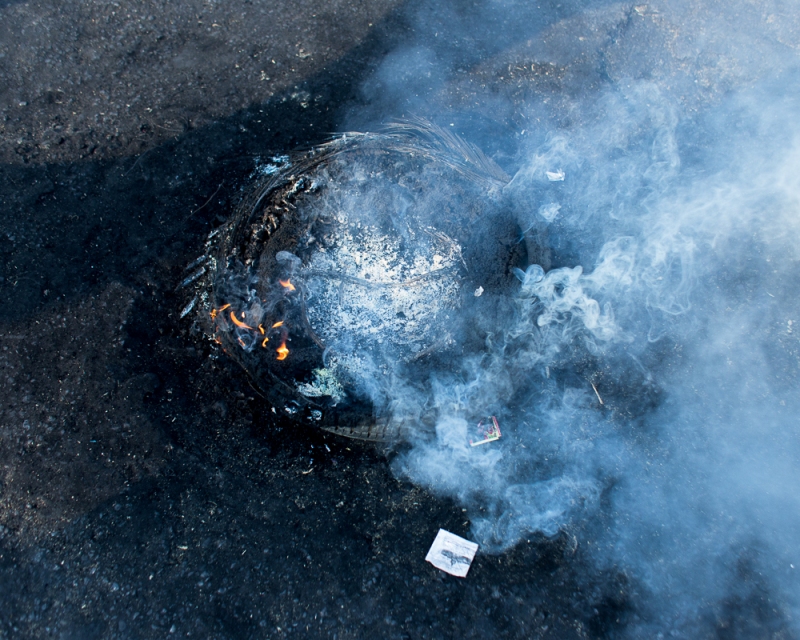
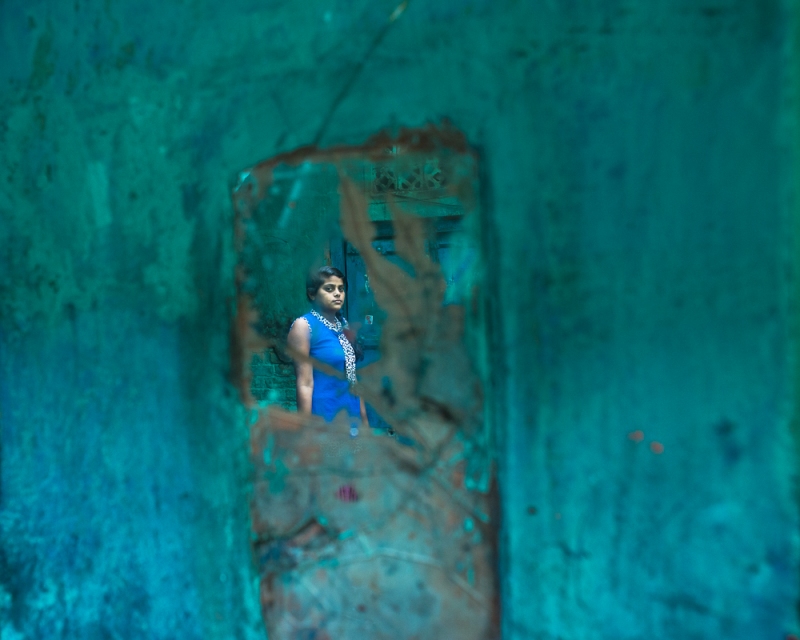
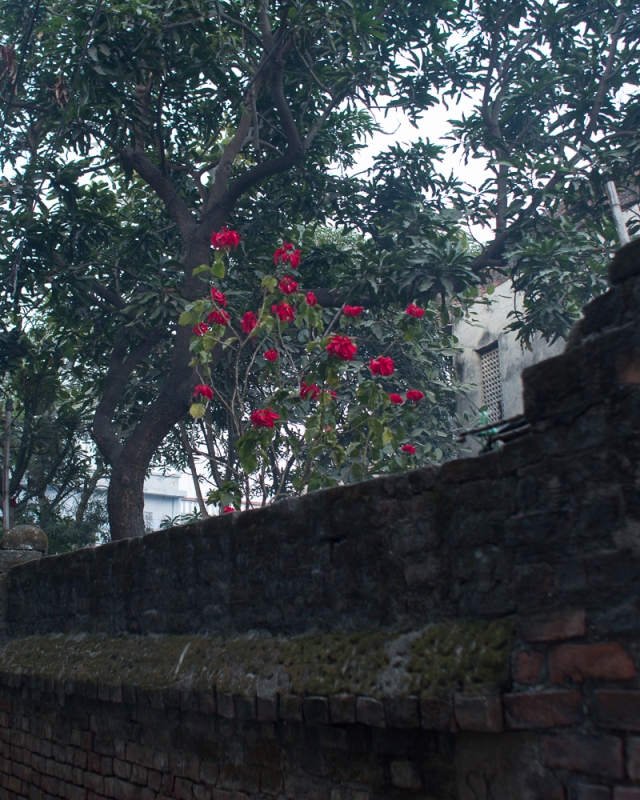
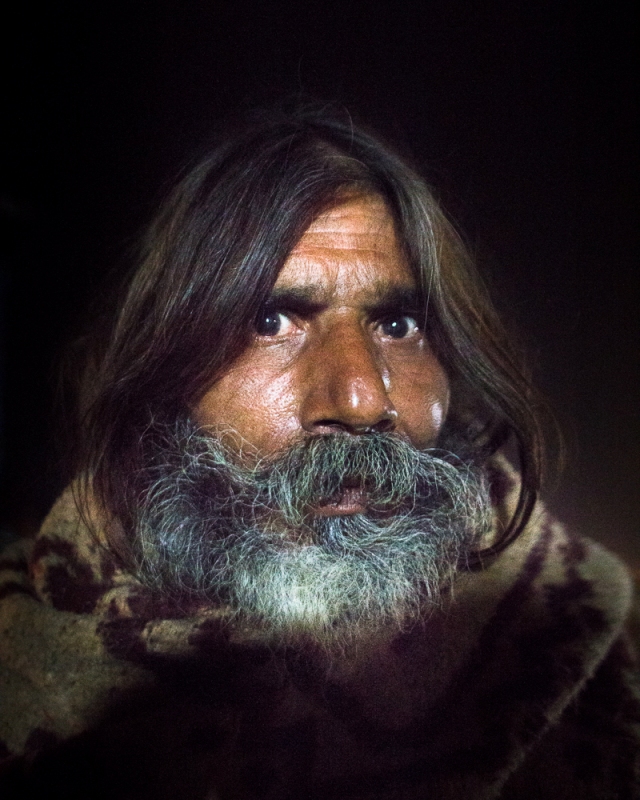
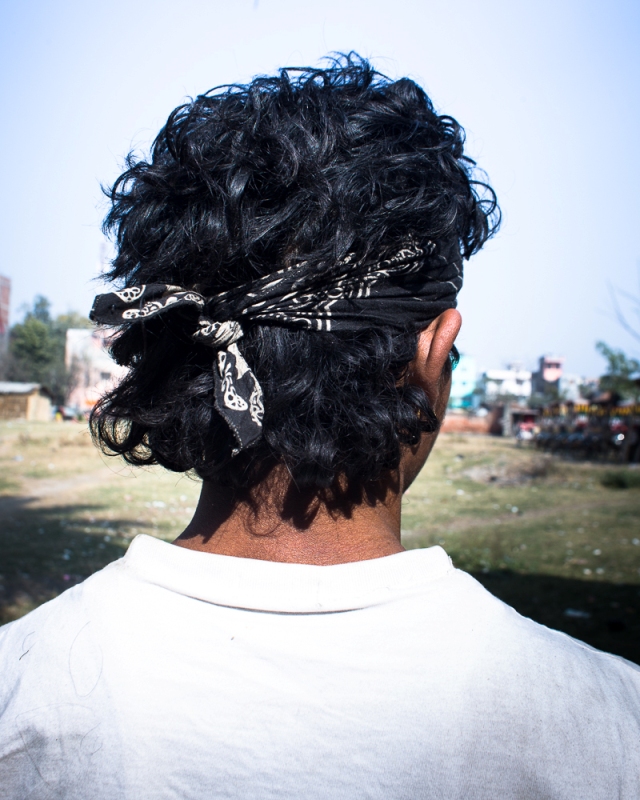
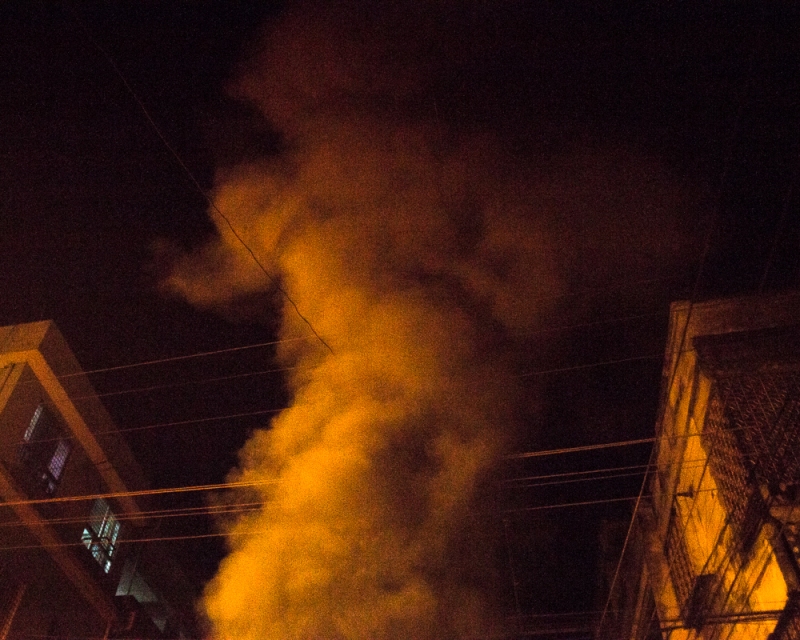
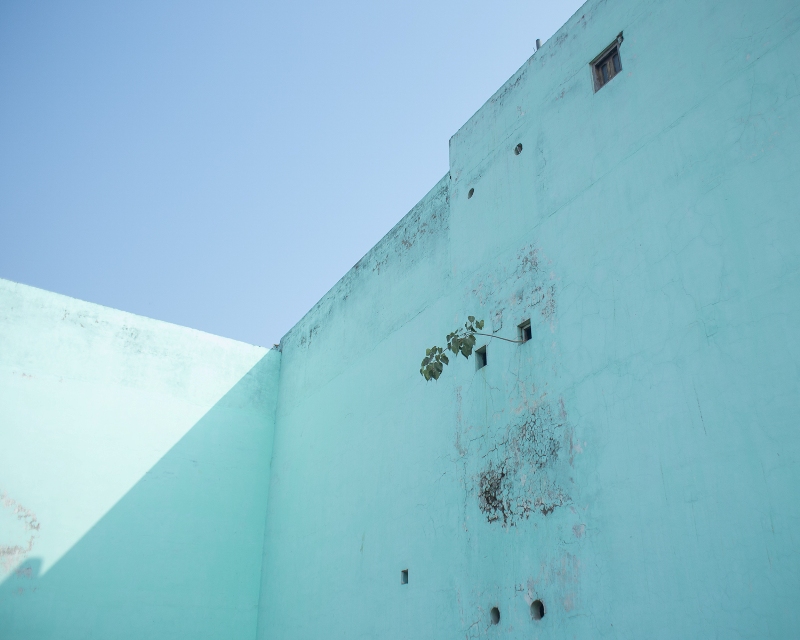

You May Like This

World marvels at longest ‘Blood Moon’ eclipse expected for a century (PHOTOS)
Lunar enthusiasts across Africa and Eurasia were treated Friday night to a rare experience: the longest lunar eclipse expected for... Read More...

How 27th July's Lunar eclipse will affect you on the basis of your Zodiac sign
We are going to observe a second lunar eclipse for the year on 27th July 2018, the first one happened... Read More...

Friday night sky offering century's longest lunar eclipse
KATHMANDU, July 27: The total lunar eclipse, the longest of the century with the duration of one hour 43 minutes... Read More...


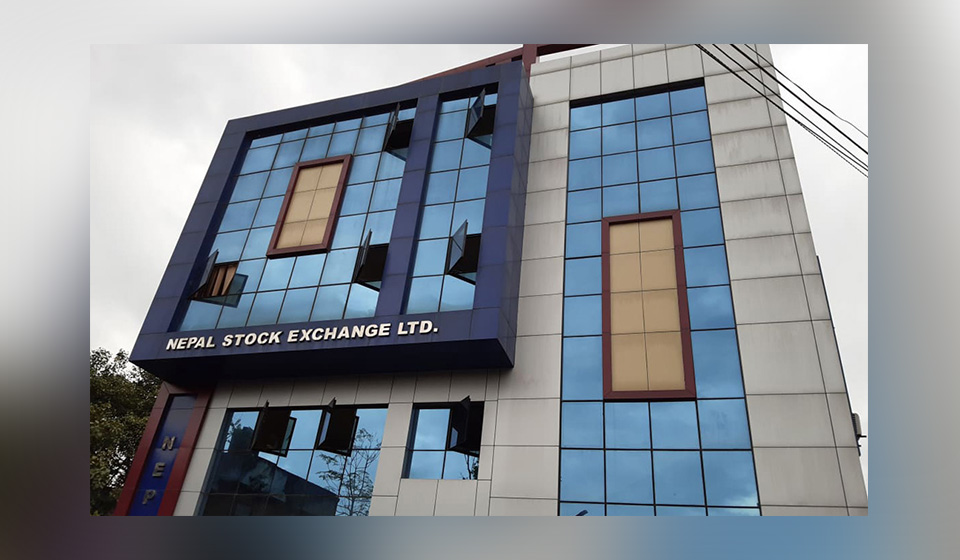



Just In
- Construction of embankments along seven streams begins in Kailali
- 265 cottage and small industries shut down in Banke
- NEPSE lost 53.16 points, while investors lost Rs 85 billion from shares trading last week
- Rainbow tourism int'l conference kicks off
- Over 200,000 devotees throng Maha Kumbha Mela at Barahakshetra
- Indians vote in the first phase of the world’s largest election as Modi seeks a third term
- Kushal Dixit selected for London Marathon
- Nepal faces Hong Kong today for ACC Emerging Teams Asia Cup









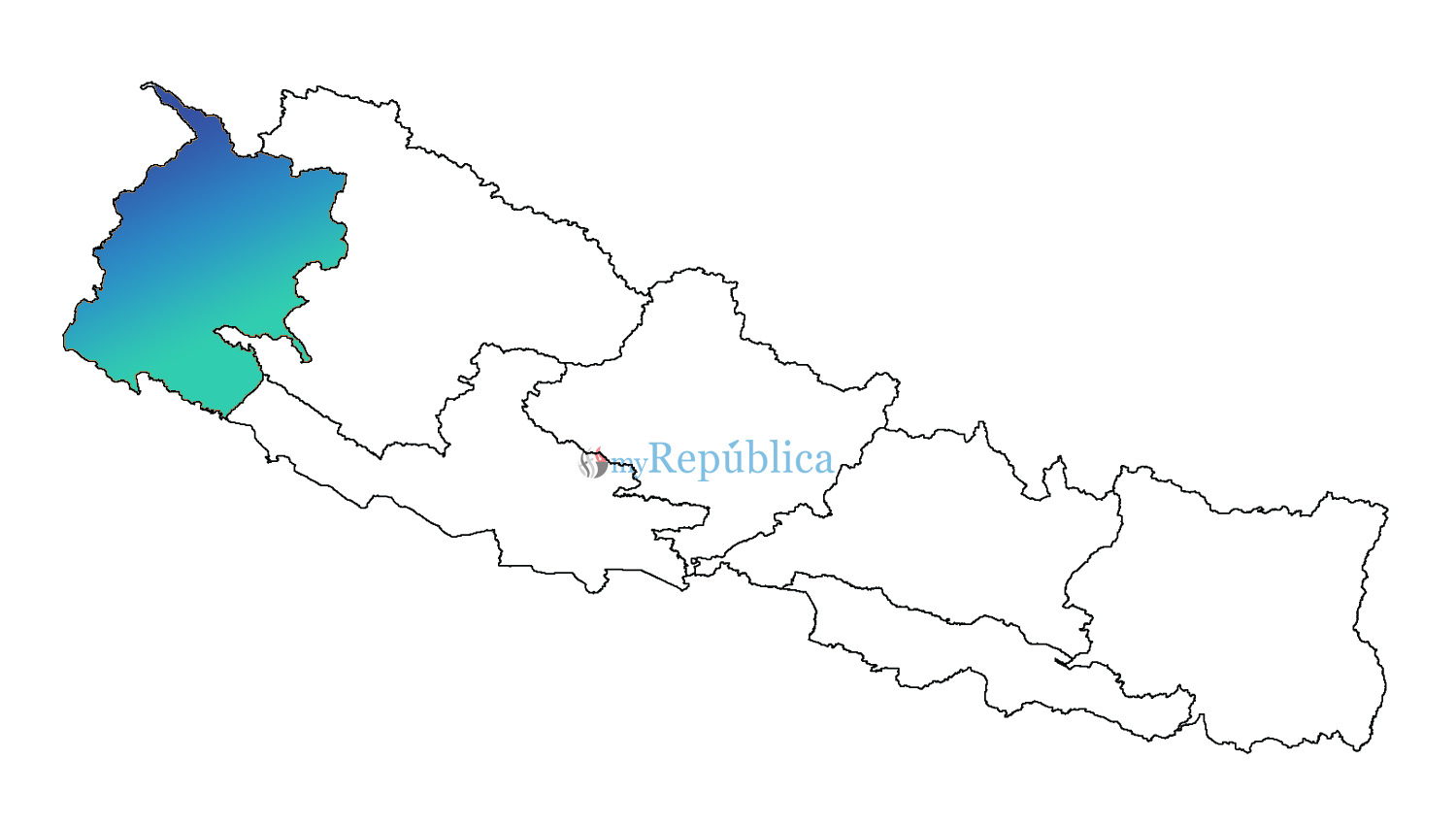
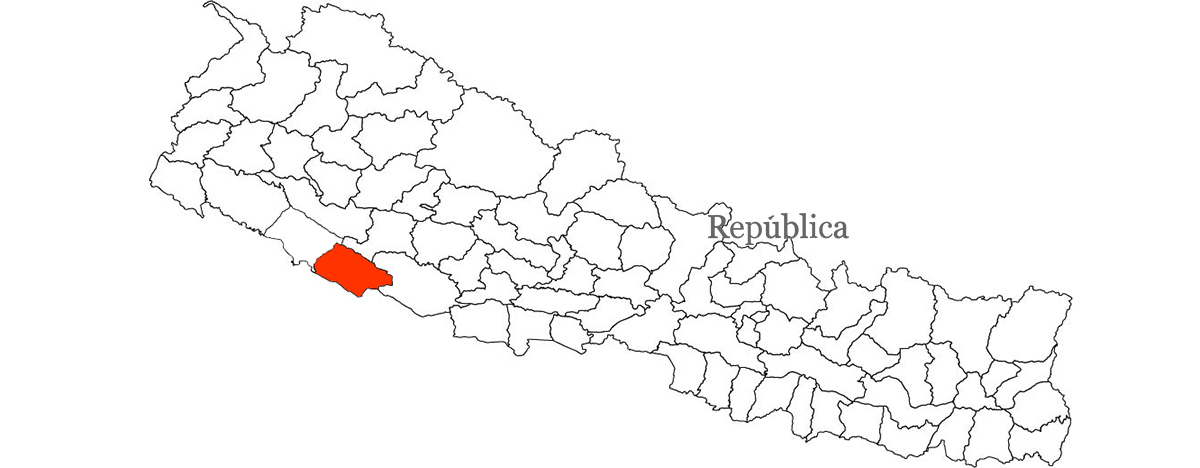
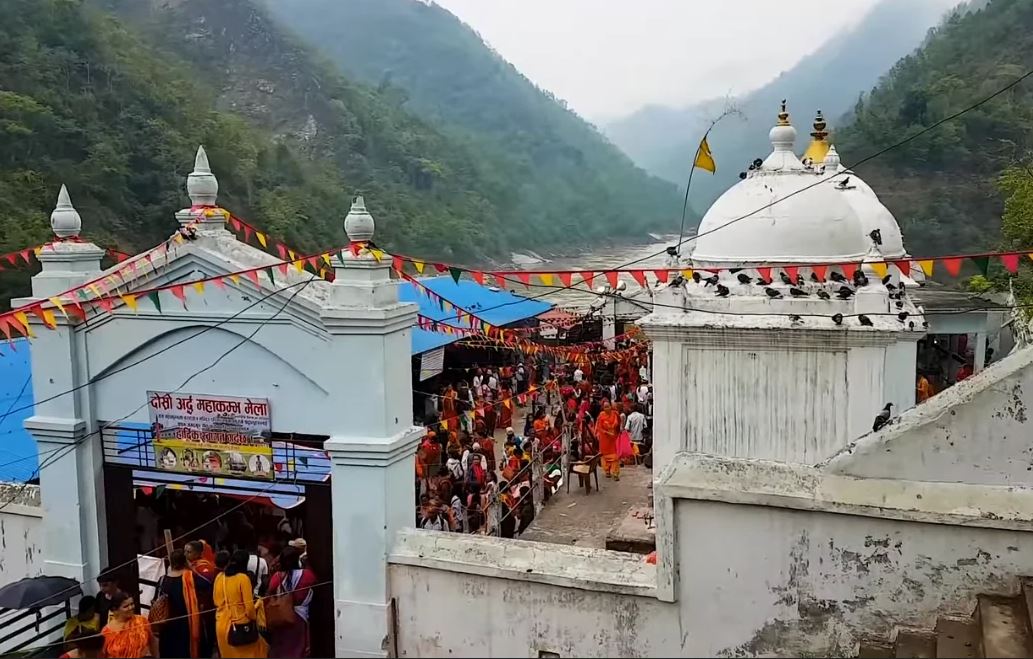

Leave A Comment